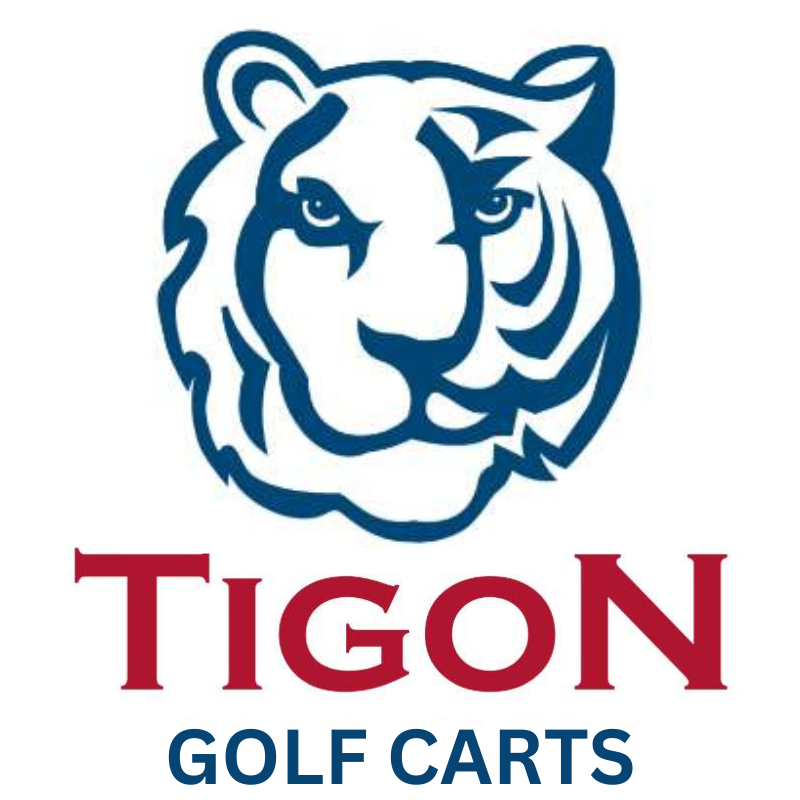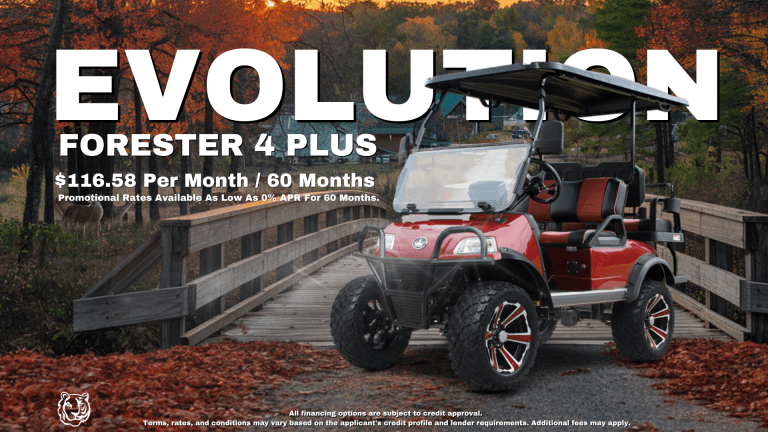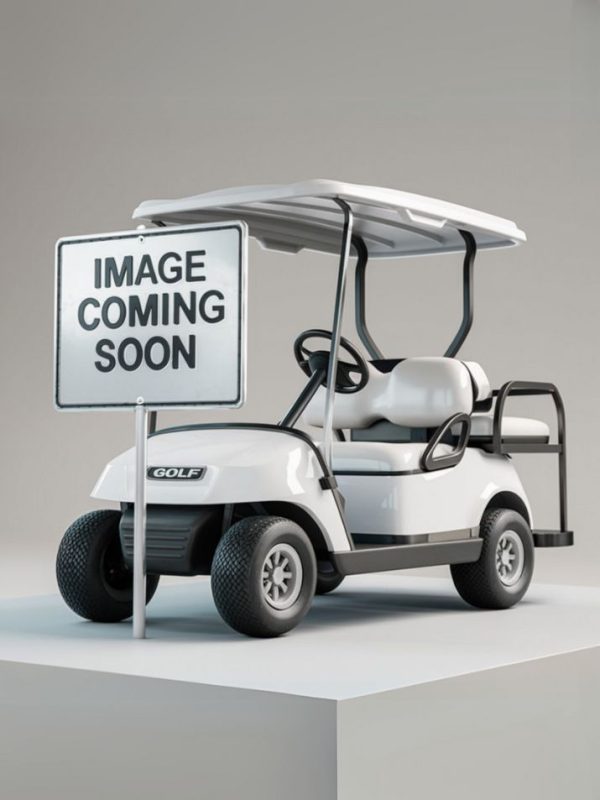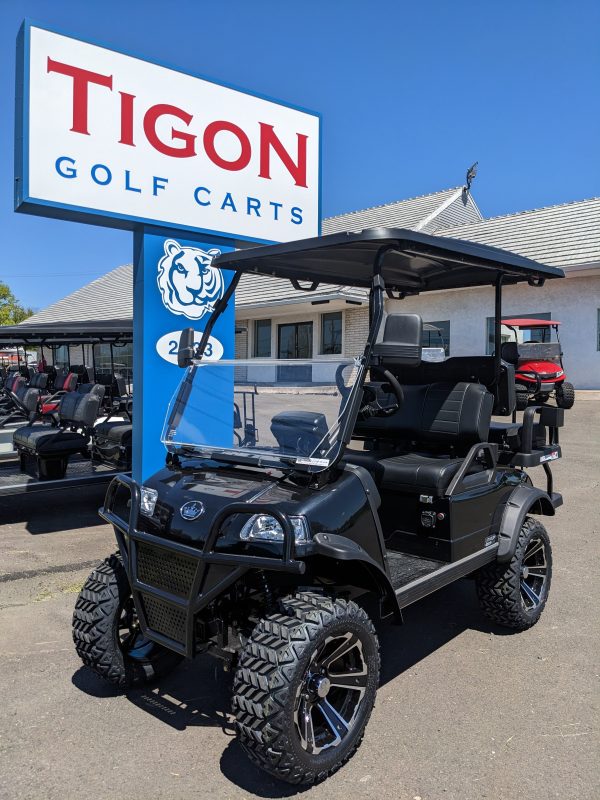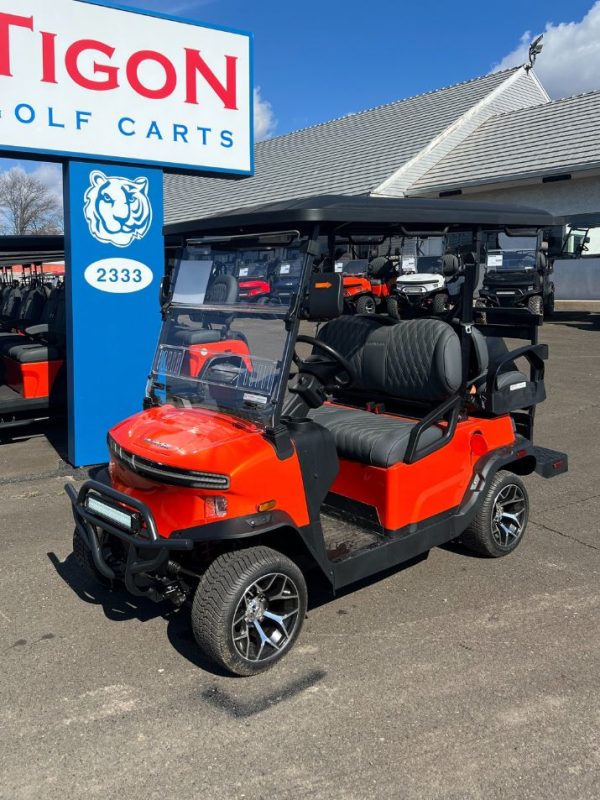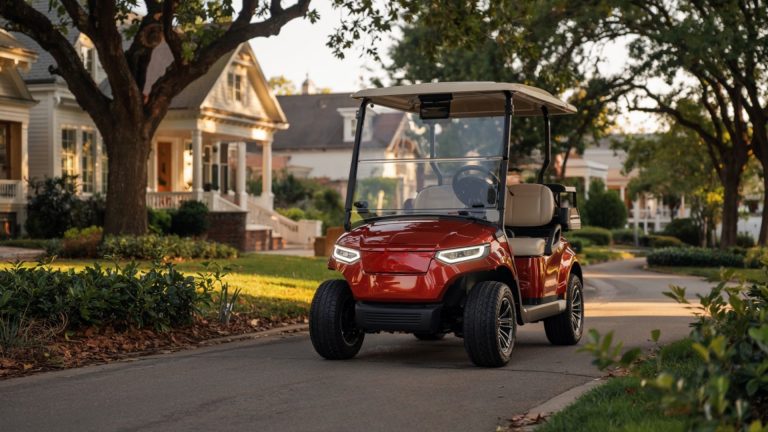
What Is Your Golf Cart Worth?
Unlocking the True Value of Your Golf Cart: A Comprehensive Guide
Golf carts aren’t just fun vehicles for a day on the green—they can also be valuable assets whether you plan to sell, trade, or simply know their worth. In this in-depth guide, we’ll explore the various factors that determine a golf cart’s value, highlight why certain brands command a premium, and offer expert advice on how to maximize your cart’s resale potential.
Factors Influencing Your Golf Cart’s Value
Understanding the worth of your golf cart requires looking at multiple elements. Here are the key factors that influence its market value:
Age and Depreciation
- Time Matters:
Like automobiles, golf carts depreciate over time. An older model may not fetch as high a price as a newer one—unless it’s been exceptionally well maintained. - Verification:
Unsure of your cart’s manufacturing year? Check the serial number online to pinpoint its age, a crucial factor for buyers.
Condition and Maintenance
- Mechanical Health:
Regular servicing and timely repairs are crucial. A well-maintained cart with updated components and a sound frame will always attract higher offers. - Cosmetic Appeal:
A pristine exterior—complete with clean upholstery, a fresh paint job, and polished wheels—adds to the overall value. - Documentation:
Detailed maintenance records, including battery replacements and repairs, build buyer confidence and can justify a premium price.
Battery and Power Source
- Electric Efficiency:
For electric golf carts, the condition of the batteries is critical. High-performance batteries that hold a full charge—and have been recently replaced—are a major selling point. - Longevity:
Typically lasting between 4-6 years, newer batteries signal that the cart is ready for immediate use, thereby enhancing its market value.
Features, Customization, and Upgrades
- Enhanced Functionality:
Upgrades like improved stereo systems, custom paint jobs, personalized seats, aftermarket wheels, and lift kits can elevate your cart’s appeal. - Tailored Options:
While some buyers value a classic, unmodified model, others are drawn to carts with custom enhancements. Knowing your target market can help you emphasize the right features in your listing.
The Role of Brand and Model in Valuation
Renowned Manufacturers
- Industry Leaders:
Brands like Club Car, E-Z-GO, and Yamaha have long been synonymous with quality, performance, and reliability in the golf cart market.
Spotlight on Tigon Golf Carts
- Innovative Design and Technology:
Tigon Golf Carts have emerged as a modern favorite among enthusiasts for new Golf Cart manufacturers and models. They combine sleek, innovative design with advanced technology, making them a top contender for buyers seeking both style and performance in their vehicle. - Customization and Versatility:
One of the biggest draws of Tigon Golf Carts is their flexibility in financing and customizations. With a wide range of customizable options—from enhanced battery systems to tailored interior features—these carts can be modified to suit both leisure and utility needs. - Built to Last:
Engineered for reliability, Tigon Golf Carts has vehicles thaare are designed to handle varied terrains and daily usage without compromising on performance. This focus on durability ensures that even as they age, these carts continue to hold significant value.
Market Trends and Local Demand
Seasonal Impact
- Peak Usage Periods:
Golf cart values tend to rise during spring and summer. Warmer weather drives higher demand since these vehicles aren’t just for the golf course—they’re also popular for neighborhood cruising and short-distance travel. - Off-Season Considerations:
During colder months, demand may dip slightly. Adjusting your selling strategy or pricing accordingly can help attract buyers even in the off-season.
Regional Dynamics
- Local Demand Variances:
In areas where golf carts are a common mode of transportation—such as retirement communities, resort towns, or college campuses—their resale value can be considerably higher. - Market Research:
Conduct thorough research on online marketplaces like eBay, Craigslist, and Facebook Marketplace to understand local pricing trends. Community forums and classified ads can also provide valuable insights.
Estimating Used Golf Cart Prices Using Depreciation Equations
Accurate used price estimates can be calculated by applying depreciation rates to the original new model price. A basic formula to consider is:
Used Price=New Price×(1−Depreciation Rate)Age in Years
A Closer Look at Depreciation Rates
-
Standard Depreciation Estimate:
One approach assumes a 10% depreciation per year. For example, if a 2 year old model originally costs $5,000, after two years a 20% depreciation might yield:$5,000×0.8=$4,000
-
Alternative Depreciation Estimate:
Another reference suggests that golf carts depreciate between 20–30% over five years—roughly 4–6% per year. For the same $5,000 model, two years of depreciation at about 8–12% per year could be calculated as:$5,000×0.92≈$4,600
-
Private Sale vs. Dealership Valuation:
It’s important to note that the depreciation figures mentioned here—around a 25% reduction over a given period—generally apply to private sales. Dealerships, however, often calculate depreciation more aggressively. Factors such as the specific make and model, accumulated mileage or hours of use, and overall condition of the golf cart can result in a higher depreciation rate when it comes to trade-ins or dealership purchases.
Key Factors Adjusting the Depreciation Estimate
- Battery Type:
Golf carts equipped with advanced LiFePO4 batteries (such as those from Redway Power) tend to retain 10–15% more value because of their extended longevity. - Condition:
Well-maintained carts generally lose only 20–30% of their value over five years, compared to 40–50% for neglected units. - Features and Upgrades:
Add-ons like LED lights, lift kits, or premium seating can boost resale value by an additional 5–10%. - Market Demand:
In high-demand regions (e.g., golf communities), price premiums can add another 5–15% to the value.
Reference: Golf Cart Price Database (2025 Valuation Reference)
(Prices reflect new models and estimated used values based on age and condition.)
By incorporating these variables and using a flexible depreciation model, you can arrive at a more tailored and accurate used price estimate for your golf cart.
Maximizing Your Golf Cart’s Resale Value
Professional Appraisals and Dealerships
- Expert Valuation:
For the most accurate price estimate, consider consulting professionals at local dealerships or service centers that specialize in golf carts. Their expertise—especially with premium brands like Tigon—can provide tailored insights. - Specialized Knowledge:
Dealerships that focus on quality models are particularly adept at evaluating carts with custom features and recent upgrades, ensuring you receive a fair market value.
Preparing Your Cart for Sale
- Enhance Curb Appeal:
Invest in minor repairs and cosmetic touch-ups before listing your cart. A clean, well-presented vehicle is more likely to attract buyers and justify a higher price. - Detailed Listings:
When advertising, provide comprehensive details about your cart’s history, including maintenance records, battery updates, and any custom modifications. High-resolution images of both the interior and exterior are essential. - Leveraging Online Communities:
Engage with golf cart enthusiast groups on social media platforms. These communities can offer advice and even connect you directly with interested buyers who value high-quality models like Tigon Golf Carts.
Frequently Asked Questions
Q: Is there a standardized price guide for golf carts similar to Kelley Blue Book for cars?
A: Currently, there isn’t a universal guide like Kelley Blue Book or NADA for golf carts. Valuation depends on factors such as age, condition, brand reputation, and local market dynamics. Researching online listings and consulting with professional appraisers are the best ways to determine a fair price.
Q: Do golf carts hold their value over time?
A: Generally speaking, well-maintained golf carts—especially those from reputable brands like Tigon—tend to retain their value. Premium models with modern features and reliable performance can even appreciate in value if maintained properly.
Q: What are the most effective upgrades to improve my golf cart’s resale value?
A: Regular maintenance, updated batteries, cosmetic enhancements, and tailored customizations can significantly boost your cart’s worth. Detailed service records and clear documentation of any modifications further enhance buyer confidence.

TIGON’s Thoughts
Determining “What Is Your Golf Cart Worth?” is a multifaceted process. By considering factors such as age, condition, battery life, features, and local market trends—and by applying a flexible depreciation model—you can gain a clearer understanding of your cart’s market value. Premium brands like Tigon Golf Carts carries demonstrate how modern design, innovative features, and robust performance can elevate a golf cart’s resale potential.
Whether you’re planning to sell, trade, or simply want to appreciate your investment, taking the time to maintain and upgrade your cart will pay off. Armed with the right knowledge and a well-prepared vehicle, you can confidently unlock the true value of your golf cart and make the best decision for your next adventure.
Happy selling, and may your ride always be smooth!
GET THE GOLF CART LSV AT THE RIGHT PRICE!
Tigon Golf Carts proudly offers 0% Vehicle Financing, making it easier than ever to own your dream golf cart. With flexible payment options and competitive rates, we ensure that Upgrading or Purchasing for the first time is not only exciting but also financially feasible for our customers, allowing you to hit the road in style without breaking the bank.
